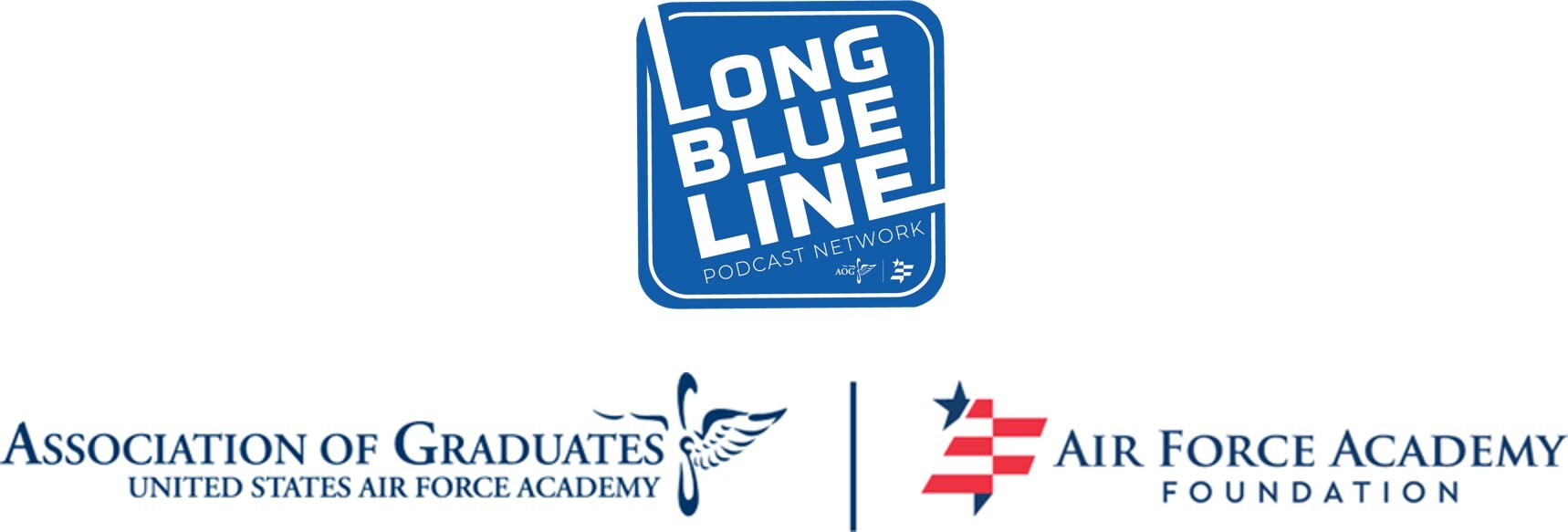Sunday Dec 08, 2024
The Town of Husted - Anchoring USAFA's Past
 Before there was an Air Force Academy, the 18,500 acres that now host USAFA had a few settlements, most notably the small community called Husted.
Before there was an Air Force Academy, the 18,500 acres that now host USAFA had a few settlements, most notably the small community called Husted.
Located just south of the Academy’s North Gate bridge along the Burlington Northern Santa Fe Railroad and the New Santa Fe Regional Trail, Husted began in the early 1870s. Railroaders and citizens of the area chose to name the community after local lumberman Calvin Husted. Husted grew into an important stop on the Santa Fe and the Denver & Rio Grande Railroads, with a grocery store, a café, a church and a school. Residents included railroad workers, ranchers and entrepreneurs. One descendent of these pioneers, David McAloy, graduated from the Academy in 2003. Sadly, Husted was the site of a horrible tragedy. On 14 August 1909, two passenger trains collided head-on. Twelve people were killed and another 42 were injured. Incidentally, one of those killed was train crewmember James A. Gossage, grandfather of future Major League Baseball Hall of Fame pitcher Rick “Goose” Gossage. As long as trains were the primary mode of transportation, Husted thrived. In the 1920s, however, progress overtook the town. The automobile began to supplant the railroad, and a new highway, U.S. 85-87 – now Interstate-25 – was built. With that, the town began to fade away. In fact, by the time the Academy was being planned in 1954, it was virtually a ghost town. The only remaining Husted building is the Reynolds House, built in 1894, near what is now the Western Museum of Mining and Industry. The land in and around Husted did make one more contribution, however, serving as the location of the concrete plant that supported the construction of the Cadet Area.

The Heritage Minute Channel is a production of the Long Blue Line Podcast Network and presented by the U.S. Air Force Academy Association and Foundation
No comments yet. Be the first to say something!